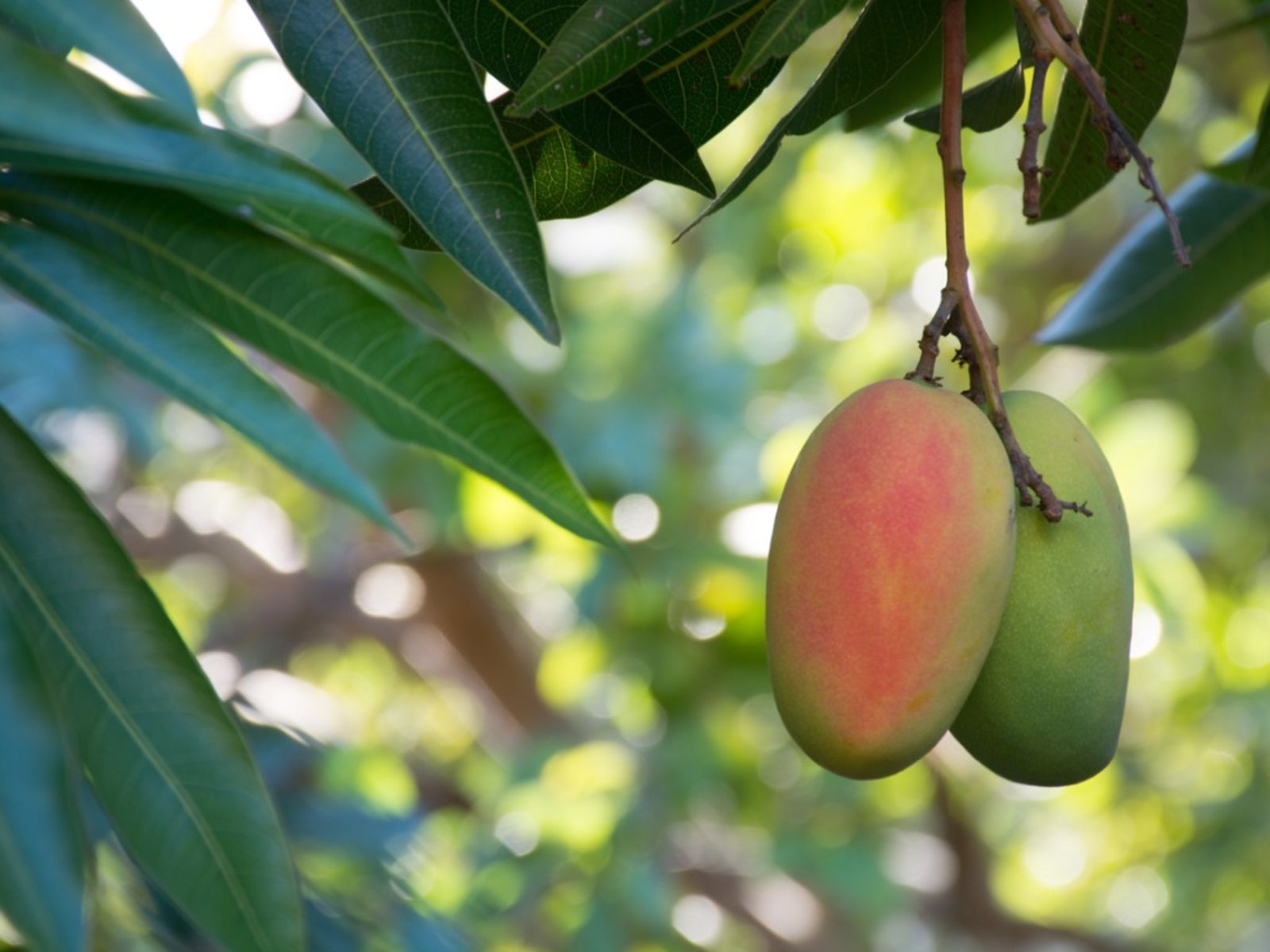Mango Leaf Tips Are Burnt – What Causes Mango Tipburn


The leaves of a healthy mango plant are a deep, vibrant green and discolored leaves usually indicate some problem. When your mango leaves are burnt on the tips, it’s likely to be a disease called tipburn. Tipburn of mango leaves can be caused by several different issues, but, fortunately, none are too difficult to treat. Read on for information on tipburn and its treatment.
What Causes Mango Tipburn?
When you inspect your mango and find mango leaves with burnt tips, the plant is probably suffering from a physiological disease called tipburn. The primary symptom of tipburn of mango leaves is necrotic sections around the leaf edges. If your mango leaf tips are burnt, you may ask what causes mango tipburn. It is important to figure out the cause of the condition in order to begin appropriate treatment. Tipburn of mango leaves is often, though not always, caused by one of two conditions. Either the plant is not getting enough water or else salt has accumulated in the soil. Both can occur at the same time, but either one can result in mango leaves with burnt tips. If you water your plant regularly, you are not likely to see tipburn of mango leaves caused by a moisture deficiency. Usually, sporadic irrigation or extreme fluctuations in soil moisture is the kind of cultural care that results in tipburn. An even more likely cause is salt accumulation in the soil. If your plant’s drainage is poor, salt can build up in the soil, causing tipburn of mango leaves. A magnesium deficiency is yet another possible cause of this problem.
Mango Tipburn Treatment
The best mango tipburn treatment for your plant depends on what is causing the issue. Tipburn caused by fluctuations in moisture can be solved by regularizing irrigation. Set a schedule for watering your plant and stick to it. If salt has built up in the soil, try heavy watering to flush salts out from the root zone. If your plant’s soil has drainage issues, replace the soil with well-draining soil and be sure any containers have many drainage holes to allow water to run out smoothly after irrigation. To treat a magnesium deficiency, use a foliar spray of KCl 2%. Repeat every two weeks.
Sign up for the Gardening Know How newsletter today and receive a free copy of our e-book "How to Grow Delicious Tomatoes".

Teo Spengler is a master gardener and a docent at the San Francisco Botanical Garden, where she hosts public tours. She has studied horticulture and written about nature, trees, plants, and gardening for more than two decades, following a career as an attorney and legal writer. Her extended family includes some 30 houseplants and hundreds of outdoor plants, including 250 trees, which are her main passion. Spengler currently splits her life between San Francisco and the French Basque Country, though she was raised in Alaska, giving her experience of gardening in a range of climates.